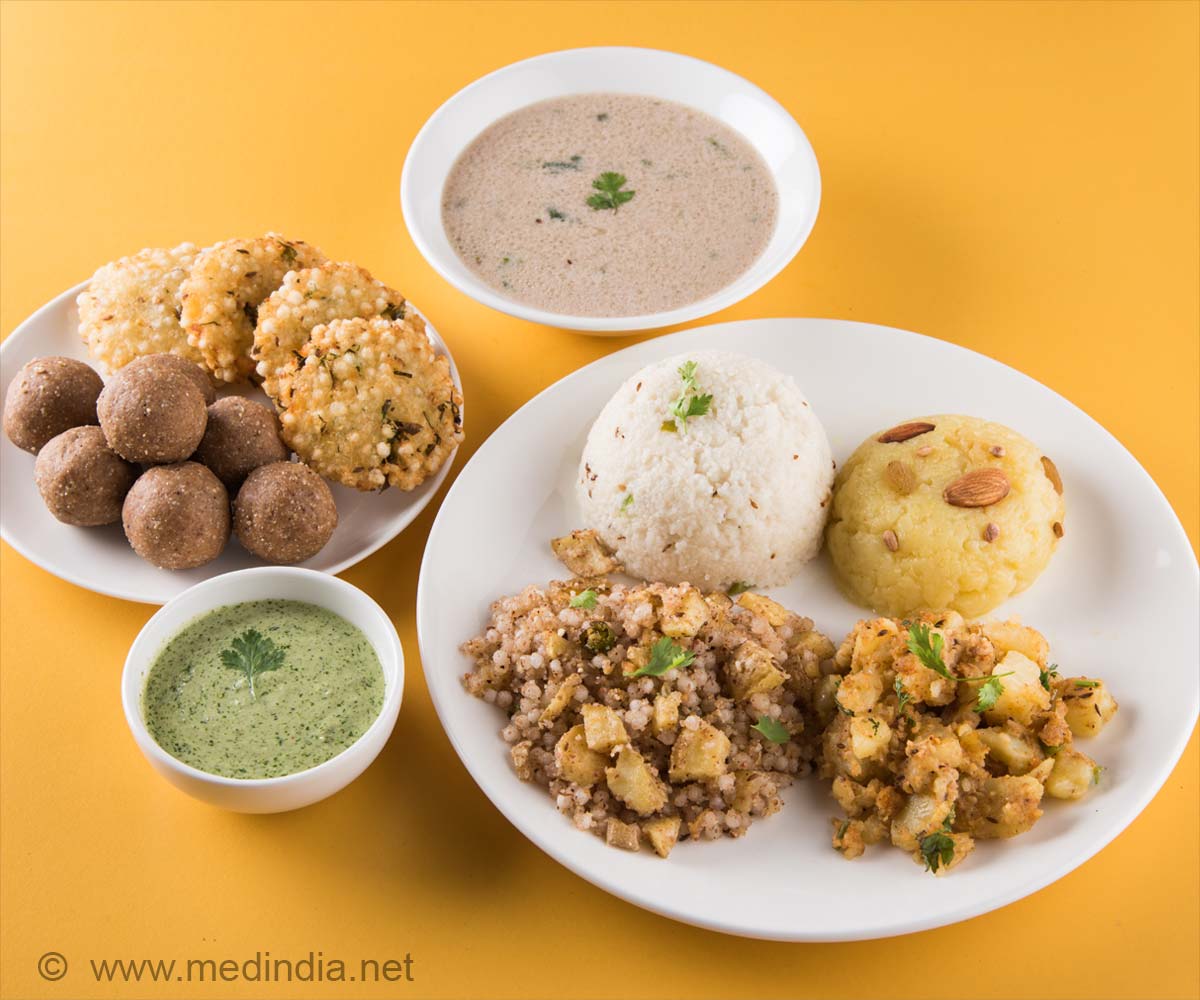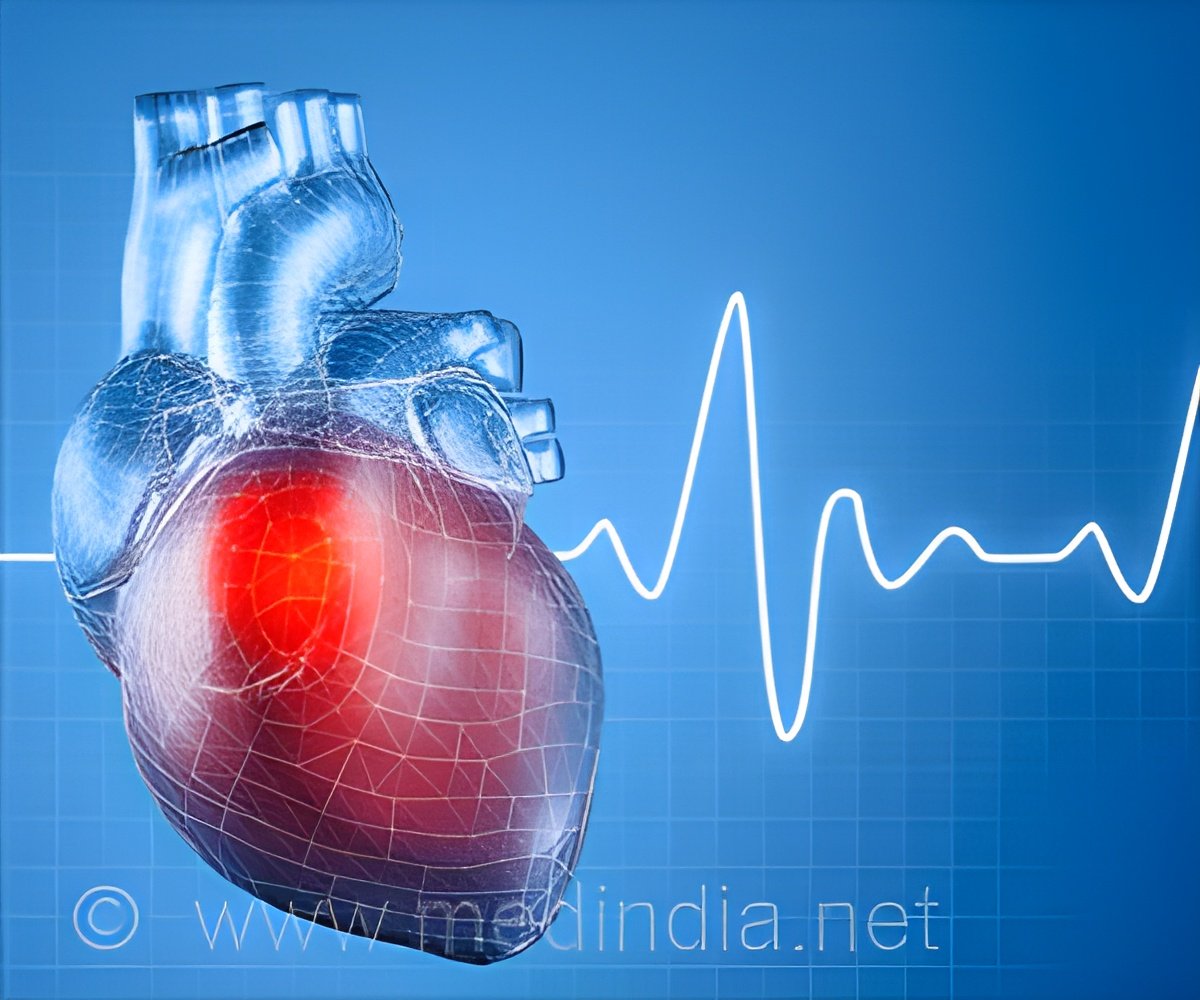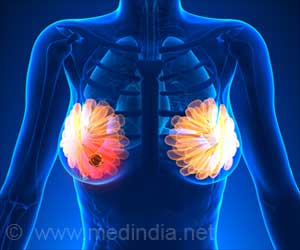
-
Sabudana provides quick energy with easy digestion - Kuttu is rich in fiber, magnesium, and iron, helping maintain energy
- Fruits and coconut water keep you hydrated and energized
Hindus celebrate Navratri, a nine-day festival, by honoring the various incarnations of Goddess Durga and celebrating the victory of good over evil. It is customarily a time of fasting and cleansing during which more focus is placed on spirituality. The body is meant to be provided nutrient-dense foods that will sustain the fasting regimen while providing energy during the fast (1✔ ✔Trusted Source
Pragmatic dietary advice for diabetes during Navratris
).
Advertisement
1. Sabudana (Tapioca Pearls)
It is a favorite of many across India and can be eaten on all nine days of Navratri. It is full of carbohydrates, which is the main source of energy for the body. Another is that during fasting, the body requires immediate energy to burn, and sabudana acts as the best source for this kind of energy.
Energy Boost: Sabudana is rich in glycemic index as it contains fast-digesting carbohydrates, which is very useful if one is engaged in fasting for most of the day.
Digestibility: It does not compose heavy on the stomach and does not lead to digestion problems while fasting.
Variety of Preparations: Sabudana can be had in many cooked preparations like sabudana khichdi, sabudana vadas, or even sabudana kheer, which both get yummy and healthy to have during fasts.
Tip: Best served with peanuts and yogurt in order to have some extra protein boost to avoid feeling hungry soon after.
Advertisement
2. Kuttu (Buckwheat Flour)
Kuttu is widely used flour during Navratri fasting out of all the flours of fasting. This superb gluten-free flour contains proteins and essential micronutrients that keep energy surging during fasting without compromising the rules of fasting.
Nutritional Profile: Kuttu has a high content of fiber, magnesium, and iron that prevents energy swings and keeps them active all the time.
Protein Source: This is important for fetal and DNA synthesis and is one of the reasons why buckwheat is good during fasting times where protein may be limited.
Cooking Options: It can be prepared into buckwheat pancakes, buckwheat roti, buckwheat dosa, and buckwheat pakora, all of which are great and give energy during the fasting period.
Tip: Just like before, incorporate potatoes, pumpkin, and anything like that into your kuttu dishes in order to make a slightly healthier and more filling meal.
Advertisement
3. Singhare ka Atta (Water Chestnut Flour)
One more food for the fasts is singhare ka atta. Extracted from water chestnut, this flour is rich in antioxidants, fibers, and minerals, hence useful when observing energy throughout the Navratri festival.
Rich in Nutrients: Singhare ka atta is a source of vitamins B and E, potassium, zinc, and antioxidants that could prevent cell damage besides providing energy.
Improves Digestion: People who fast usually are worried about signs like bloating, but this product is rich in fiber and does not cause any of that.
Versatile Uses: This particular rice can also be used in making singhare ka puri, halwa,parathas and even desserts like Thai water chestnut dessert (Tub Tim Grob). This is one of the famous Thai desserts containing water chestnut coated with sweetened coconut milk; could be taken during the period of fasting meals as a healthier choice.
Tip: Cook using ghee to improve the taste and also include energy-boosting and regulating fats in your food.
4. Makhana (Fox Nuts)
Fox nuts, or makhana, is an ideal food during Navratri fasting as it is delicious and easy to eat. It is lightly toasted, crispy, and offers an energy-sustaining complex carbohydrate/protein ratio that comes in handy throughout the day.
Nutritional Benefits: Makhana is packed up with several significant minerals, such as calcium, magnesium, and potassium, which are useful in energy conservation and controlling the functions of muscle.
Low in Calories: Although makhana is almost calorie-free, it is an excellent source of protein and carbohydrate-free, which makes it the perfect snack that doesn’t make your stomach feel full.
Preparation Options: That is why it can be roasted with a pinch of rock salt or made into a makhana kheer to sweeten up the snack without harming the health.
Tip: Mix makhana in nuts and seeds to create a healthy trail mix, which will not give you a mid-time energy drop.
5. Fruits and Coconut Water
Fruits are a good source of energy during the fast, while coconut water replenishes the electrolyte lost during the fast, making you refreshed.
Fruits for Energy: Natural sugars like in bananas, apples and papayas for example contain vitamin, minerals and fiber to power the body for longer hours. The bananas also have a good proportion of potassium; which is useful in muscle and nerve functioning.
Coconut Water for Hydration: Coconut water is one of the best drinks that one needs to take during the Navratri fasting to avoid dehydration. It replenishes the lost electrolyte and is also useful in avoiding bodily tiredness during the course of the day.
Combination for Balance: Eating fruits while taking coconut water also regulates sugar levels in the body, prevents loss of body fluids, and releases energy steadily.
Tip: It is advisable to eat fruits as salads or mix with yogurt to improve their taste and their nutritional value.
It is good to incorporate these five energy-boosting foods in Navratri fasting, as they provide good nutrients and make you energetic for the entire day.
Reference:
- Pragmatic dietary advice for diabetes during Navratris – (https://www.ncbi.nlm.nih.gov/pmc/articles/PMC5240068/)
Source-Medindia



